Culture is vital in sustaining nature connectedness. And instructive cues for creating such a culture may be found in places where we had not thought (or wanted) to look.
Part 1 of The Reintegration Problem addresses the social barriers that inhibit our nature connectedness »
Part 2 of The Reintegration Problem addresses how social connection is a vital lubricant for nature connectedness »
Nowadays there are many valuable nature-based opportunities to help the jaded Westernized mind reconnect. From eco-adventure to wilderness trails and from eco-therapy to Vision Quests, the choices seem to proliferate. Many hold the potential to provide powerful personal experiences which can awaken a sense of passion and purpose in the individual. After people emerge from these nature-centred gatherings, there is often a sense of camaraderie, formed by the intense and enriching experiences shared. Participants’ glowingly farewell each other with heartfelt embraces, exchanging email addresses and Facebook accounts, and leave with fond parting words and a sincere intention to “Let’s keep in touch”.
Sometimes people do…for about a week or two. There is a flurry of short emails or messaging exchanges as people return home (sometimes to different continents) still buoyed by their experience and how wonderful it was to have shared that time together, how they miss the ambiance of the bush and long to go back there… and then…silence. Just like the fading nature connectedness (see Part 1), the important social bonds formed have also withered and been scattered by the persistent winds of “everyday life”. People get back into the systemic routines, contexts and comfort zones they are accustomed to. Communication and connection dissipates as everyone ‘gets on with their lives’. *
This post looks at Joe’s epiphany in recognizing the importance of social-cultural context to nature connectedness.
Joe and Nate had been close friends since high school. But, now in their mid-30s, there was a growing elephant in the room of their long-standing friendship which they had failed to address: their contrasting and often conflicting belief systems. In recent years, Nate had rediscovered his Christian faith and his newfound evangelicalism was less accommodating of Joe’s earth-centred spirituality, even though they had once shared a nature mysticism as teenagers.
Joe approached Nate and suggested it was time they brought the elephant out into the open. Joe sensed Nate was always judging him and he no longer felt comfortable with that pressure of feeling like a wrong-doer. Nate acknowledged they had different belief systems but didn’t see it as a problem: he just hoped that Joe would eventually ‘find his way’ back to the way of the Lord and Truth one day.
“Well, that’s the thing, Nate.” Joe said, a little frustrated. “Nature is my church and love is my religion. I feel you have a problem with that. And yet the only problem I really have with Christianity is that it has a problem with beliefs like mine!”
As an outdoors man himself, Nate softened to that remark and the two subsequently had an amicable chat which ironed out a few elephant wrinkles, even though they agreed to disagree on numerous points. It was a healing exchange.
But what struck Joe most was Nate’s conviction. He remembers his sense of total confidence in his views – even those that Joe felt were highly questionable or even misguided. It was this certainty that Joe found himself admiring and, admittedly, longing for. Joe wanted to live without perpetual doubt.
Joe could not help seeing the irony in his education. Being scientifically trained, he was supposed to have doubts… and to question everything. Whilst science has increasingly come under scrutiny about whether it has become an act of faith in itself, Joe was determined to ensure that he would always openly question and reflect on his own beliefs and perceptions, particularly as he encountered new information and grew as a person.
But was this also somehow undermining his own sense of (nature) identity and ability to fully realize his own truths?
“There is a critical difference between being overzealous and outspoken about environmental ‘wrongs’ and being quietly devoted to practicing routines that foster nature connectedness while giving humble gratitude for what is ‘right’ in the world.”
It seemed a conundrum. How to strike the balance between having fervour and transcending dogma? The environmental movement has also been criticized – even recently by respected Gaia Hypothesis founder James Lovelock – as becoming like an evangelical religious movement. But there is a critical difference between being overzealous and outspoken about environmental ‘wrongs’ and being quietly devoted to practicing routines that foster nature connectedness while giving softly-spoken gratitude for what is ‘right’ in the world.
Joe was beginning to gain some clarity.
What religion – and successful clubs, organizations and political parties – have excelled at is creating consistent communities of practice around a belief that gives them a meaningful sense of identity. This individual identity is further reinforced when it becomes shared because, as a group-referenced identity, it generates that all-important sense of belonging and acceptance we yearn for in our lives. In registering as a core belief, it taps into an innate motivation for wanting to make something out of this transient existence on earth.
When you are embedded within a supportive community fabric, you and the beliefs that comprise your identity are constantly being reinforced. Joe saw that every weekend Nate went to church and was surrounded by a group of people who championed a certain belief system. They supported each other in their quest to embody that. They socialized and dined together. They studied the Bible and principles of Christianity together. They practiced together. It was a thread which permeated all parts of their existence. When that belief is upheld regularly by those around you, how could you not feel a durable sense of conviction?
Sure, it could become self-righteousness and dogmatic (and often has) but Joe knew he would not easily fall into that trap. He knew his own ideals sought for a co-existence of beliefs, united by a shared context and realization of an all-pervading interrelatedness with nature.
Joe yearned for a nature-connected community which performed the same basic function as that of Nate’s Christian community. He wanted a culture of connectedness built on the recognition of humanity’s relatedness with nature but also with each other. He wanted to keep his enquiring and discerning scientific mind but equally to advance his own sense of purpose and confidence in that which motivated him.
“At some point”, Joe reasoned to himself “I have to put a stake in the ground and say, ‘This is what I believe in, this what drives me, this is who I am.’ And if I wander from that point out of a curiosity or zest for life, so be it. That’s part of the self-led journey of exploration. But if I ever get lost along the way then I at least know I have an established point of reference to return to. That’s what nature connectedness is for me.”
But successful communities of practice are just that – they practice. Joe asked himself how often he actually practiced his connection for nature. “Not much”, he admitted, “I’m not sure I know how. Is there a way to do it without it becoming like woo-woo worshippy?”
Some effective practices for instilling nature connectedness may well challenge the rational mind in that they present themselves as being too ‘touchy-feely’, despite that literally being their prime purpose, i.e. they encourage direct sensory contact and a form of emotional bonding with nature. Other practices may even go a step further and appear as ritual in that they try to create “a ceremonial consciousness”.
The rational mind often eschews the idea of ritual, largely because of its links to religion. But what it often fails to recognize is that humans are inescapably creatures of ritual but, for the most part, are unaware of it. There is nothing fundamentally different between an academic graduation ceremony and, for example, a Christian confirmation or induction into priesthood. It is a primordial passage that defines our growth within a certain culture.
Nature connection needs forms of ritual or, if it is more palatable, “routines” – simple routines and more elaborate practices that reinforce a consciousness that is appreciative, respectful and constantly mindful of nature as the sacred centre and lifeblood of a healthy existence on earth. Such practices gives conscious awareness and focused intent to what may otherwise be random and incidental actions. We bring a mindful presence into nature just as one would step respectfully into the hallowed halls of a church. It is a powerful and time-tested formula for focusing and expanding one’s consciousness. And when we make progress along this naturalist path, why not celebrate that with family, friends or fellow community in an earth-honouring way?
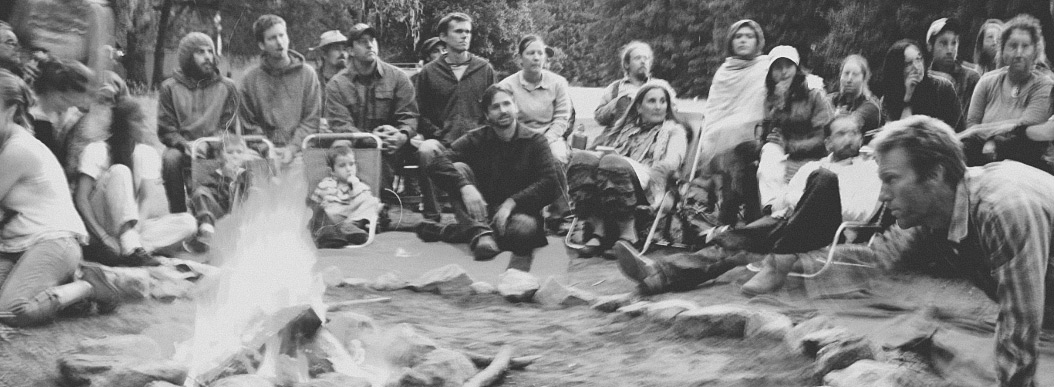
Even in the absence of being able to have direct contact with nature, connected communities of practice find other ways of maintaining such states of awareness. Across the planet, all forms of traditions have practices (e.g. meditation, yoga, qi gong, dancing, drumming, singing, prayer) that deepen connections with Self and a sense of something great than oneself. These pathways implicitly recognize that the union of mind and body is the portal through which to access more aware and thus connected states of being, whether with nature, with community or with ‘Source’ (be that ‘God’, ‘Divinity’, ‘Spirit’, ‘Kosmos’, ‘Nature’, ‘Life Force’ etc.)
Joe was becoming increasingly enthused. He wanted to start creating nature connected communities. He wanted to create something – a welcoming safety net of sorts – which would catch and nurture people who returned from what they thought were life-changing experiences in wilderness or on Vision Quests. He wanted to engage in activities which sustained that connection and to celebrate joint successes.
He wanted to address the reintegration problem.
People yearn for a safe place in which to park, absorb and share their meaningful nature experiences. As a source of disconnection, modern Western society does not cater for that. With the absence of like-minded community, who do you share your powerful encounters with? With the absence of sympathetic elders, who motivates you to embody the message encoded in your meaningful nature experience? Who reminds you of the commitments you made to yourself out there in the wild? Where does one go for advice or mentorship on nature connectedness?
Joe saw the gaping void. And his thinking came full circle.
Joe recalled how it all began for Nate, when he had his ‘moment’. During a traumatic period in his life, Nate had a religious experience and felt the calling of God. There might have been various ways to interpret that event but it was through a local church group that Nate found a safe and welcoming haven for his story. His experience was accepted, cradled, nurtured and grown into a committed way of living. This process had connected Nate with something bigger than himself – with the heavenly divine but also with everyday people and community here on earth.
Joe saw that this was the essence of culture. “Culture connects”, but then, troubled, he asked himself: “Where on earth is there a culture of connecting humanity with nature? How many people around the world have powerful nature experiences but lack that secure vessel of community within which to share, reflect and grow their experience and commitment toward stewarding nature? How many people have nothing to even meet them halfway on their ‘reintegration’ back to everyday society?”
Joe recognized this silent travesty and felt immediate action had to be taken.
We need to recreate a culture of connectedness. We need to reweave the fabric of our communities so they can keep tending the fire as nature experiences, eco-workshops and gatherings come and go. We need nature-aware communities that steadily cultivate and strengthen the qualities of both nature and social connectedness according to time-honoured traditions.

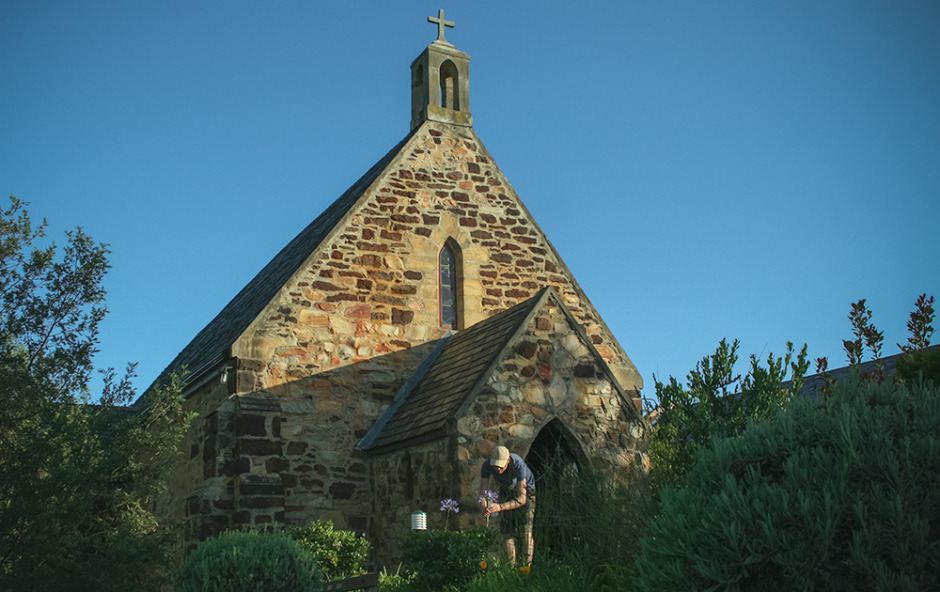


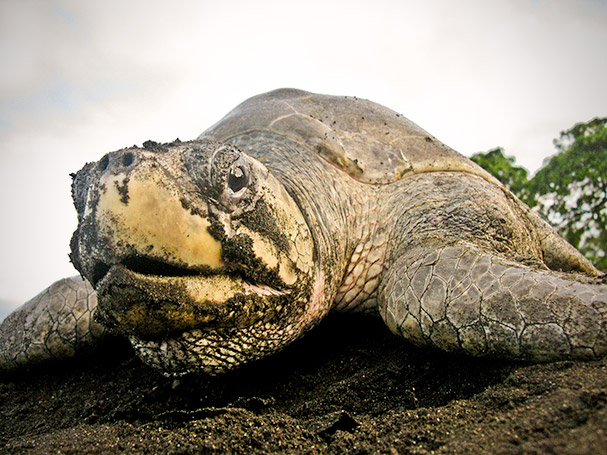
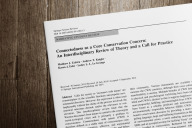
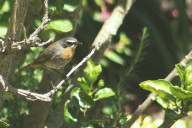



6 Comments
Thank you, Matthew !
Here is another deep design that informs teens about culture and nature: https://www.youtube.com/watch?v=TC4W6M1TnkQ
Thank you Mark for the visionary work you have been doing in this field. Am sure Coyote Camp lays an important foundation for creating a culture of connectedness.
Thanks Matthew. This is an inspiring article and resonates for me. I wonder what possibilities and forms supportive nature-aware communities might take, particularly if they comprise of people living in cities with houses, jobs and families. Any ideas on how these could function?
Thanks David. An important question indeed. I would say the usual caveats apply: i.e. case specific and no “one size fits all”. But there have been some interesting studies done on what makes successful intentional communities, e.g. Bill Metcalf. However, personal observations and anecdotal evidence shows that many intentional communities often fail, for various reasons. So it is therefore important to recognise that instead of feeling we need to uproot ourself to find “that” community, we instead need to appreciate that most of us already living together in a neighbourhood so we should try and build community around that.
Jon Young (8shields.org) suggests that key ingredients for doing this include:
– stakeholders: committed stakeholders to lead the community building (3-5 persons otherwise gets too difficult to accommodate everyone’s timetables)
– meeting format: built on principles of non-violent communication/peace-making, transcending ego when communicating, and beginning meetings with gratitude.
– types of get-togethers: defining a regular meeting place (preferably around a fire,
around food or both), having regular feasts (especially linked to seasons, moon phases, births, deaths, thanksgivings, community milestones), organizing outdoor (shared family) activities, with subsistence-based or primitive skills activities being particularly conducive : animal tracking, birding, fishing, hunting, harvesting, gathering, weaving, playing, wandering – and then coming around the fire to cook and share food with (self-created) music.
– land: don’t necessarily need to buy land but do need to find a piece of land (e.g. Park) to act as the commons for these various events and activities .
These are just some of the foundations upon which further nature connectedness activities can be built, according to the unique dynamics of the particular community.
without thankfulness,connectedness in unimaginable,,>>
http://www.bellofpeace.org